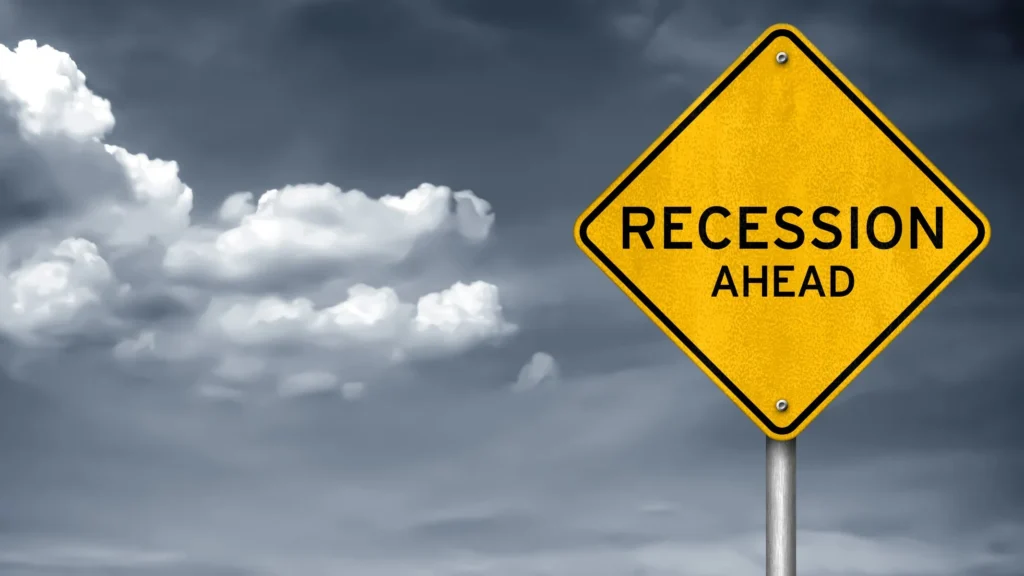Newsmatro

The possibility of the United States entering a recession by mid-2024 has diminished significantly in recent months. Despite ongoing concerns about inflation, the nation’s economy has maintained its strength, with robust economic and job growth. However, certain regions in the country still face a higher risk of recession compared to others, according to Moody’s Analytics.
During the COVID-19 pandemic, the West and South experienced remarkable economic growth, particularly in home prices and inflation. These regions attracted residents from other areas due to favorable climates and lower living costs. Remote work during the pandemic further accelerated population shifts, as many Americans moved to less densely populated areas.
This rapid growth in the West and South has also increased their vulnerability to economic downturns. “There’s more risk in places that have grown rapidly,” says Moody’s regional economist Adam Kamins. However, the Midwest and Northeast, with stagnant or declining populations, have expanded more modestly and are thus less susceptible to economic setbacks. “There’s not as far to fall,” Kamins explains.
Nationwide, the likelihood of a recession has decreased to 33%, down from 50% earlier this year, largely due to easing inflation. Slower inflation has reduced the need for the Federal Reserve to raise interest rates aggressively to control economic growth and consumer price increases. While the risk of recession has decreased in all regions, some metro areas remain uncomfortably close to a 50% chance of recession.
However, other U.S. forecasters see a higher risk of recession, with economists estimating a 48% chance of a downturn in the next 12 months. This divergence in forecasts means that more vulnerable regions could still face economic challenges.
In the event of a downturn in one region, it could potentially spread to neighboring areas, impacting the entire nation. This scenario occurred during the Great Recession of 2007-2009 when a housing price crash in the Sunbelt region had far-reaching consequences. Nevertheless, any upcoming recession is expected to be less severe than the Great Recession.
Economists at S&P Global Market Intelligence project a modest 1.1% expansion of the U.S. economy over the next year, primarily due to aggressive Fed rate hikes. They believe the West and South are more vibrant economies and less likely to dip below stall speed. Despite differing viewpoints, the potential for a recession remains a concern, with some regions facing higher risks than others.
Recession Odds by U.S. Region (from highest to lowest):
West: 35.2%
South: 34.7%
Midwest: 32.3%
Northeast: 29%
Despite these regional differences, the risk of a recession remains a concern across the nation. The impact of inflation, rising interest rates, and potential economic disruptions continue to be key factors influencing the economic outlook for different regions.